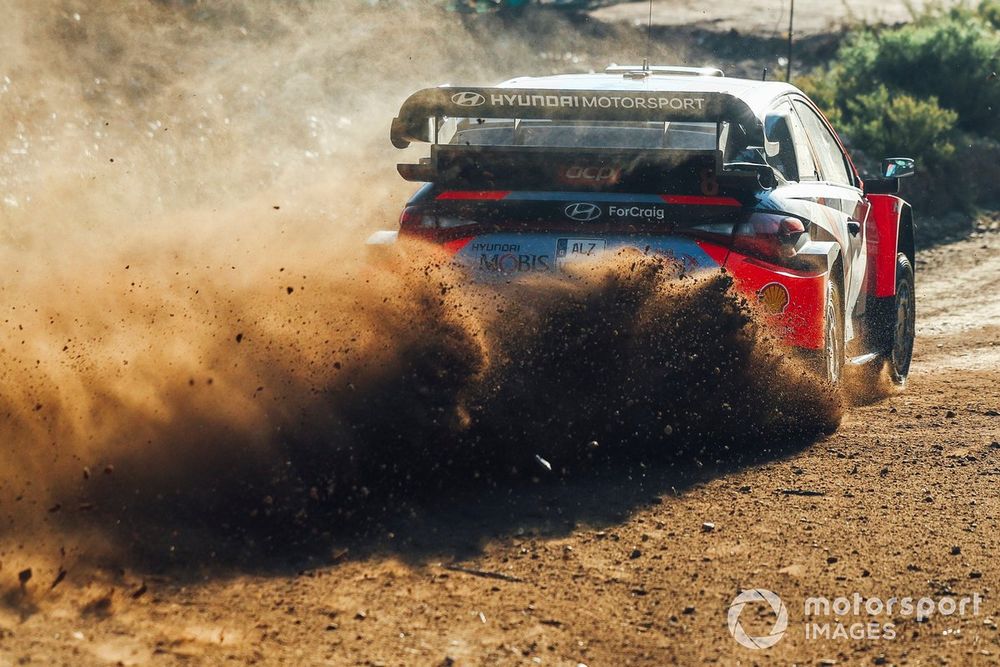Lancia announced this week that it plans to return to rallying after more than 30 years away following a commitment to a Rally4 programme with its new Ypsilon hatchback.
Two-time world rally champion Biasion, Lancia’s most successful driver in the WRC with 16 wins and two world titles, attended the Rally4 launch in Turin ahead of this week’s WRC Rally Sardinia.
While Lancia’s commitment to return to the stages is in the lower reaches of the rallying pyramid — the two-wheel drive Rally4 class — Biasion believes that Lancia could re-evaluate its plan if the FIA’s future WRC regulations are favourable to the marque.
The FIA is due to confirm technical regulations, for next year and from 2027 and beyond, at next month’s World Motor Sport Council.
«Step by step I think they [Lancia] have good ideas and are pushing and have been pushing a lot to be back,» the 1988-89 world champion told Motorsport.com during a media event at the Martini Racing Club.
«They have to start very slowly and when the FIA decide the rules for the future, maybe they think about it [more]. At the moment, the idea to do a championship with the Rally4 is quite good. I’m proud about the idea and very happy to see this programme.

Miki Biasion, Tiziano Siviero, Lancia Delta S4
Photo by: Christian Alias
«I think it will be a good start-up for young drivers in the Rally4 car and then we will see the future.»
When asked for his thoughts on the WRC’s future regulations, Biasion said reducing the cost to compete is a key factor. The Italian would also like to see the performance gap between Rally1 and Rally2 cars decrease.
«As you know, the problems are the costs and personally, I think they [FIA] have to reduce the costs and then that will allow the private drivers who have the budget to be competitive against the top drivers, which will then help new younger drivers to be competitive in the championship,» he added.
«I hope the performance of the Rally1 and the performance of Rally2 will become closer and the important thing is the costs of Rally2 will not go up.
«As you can see all the national rally championships are using Rally2 cars and they are so popular. If this is so popular it must be a good category, so why not have the WRC plus [class] with these cars.»


























